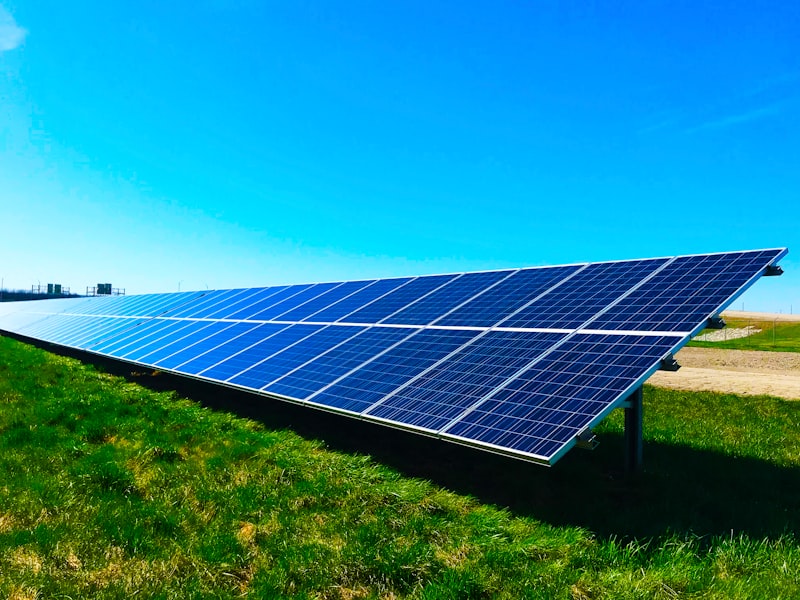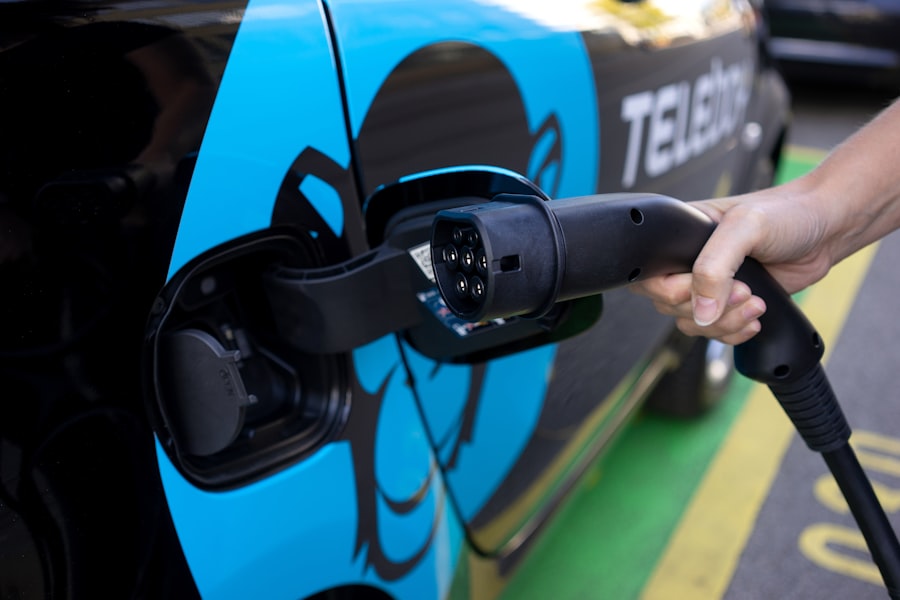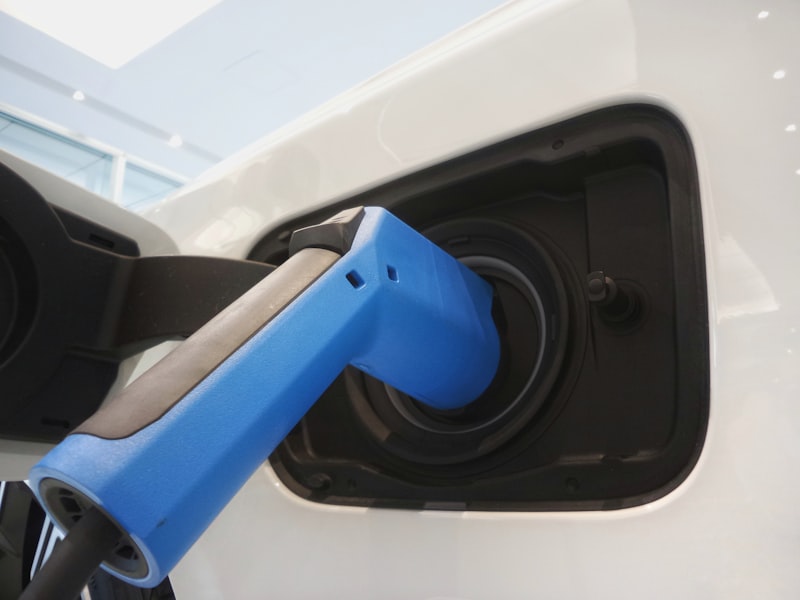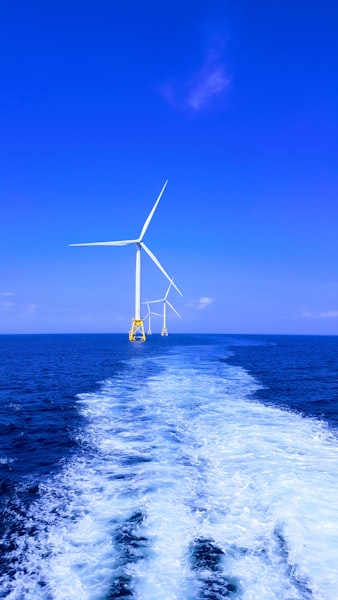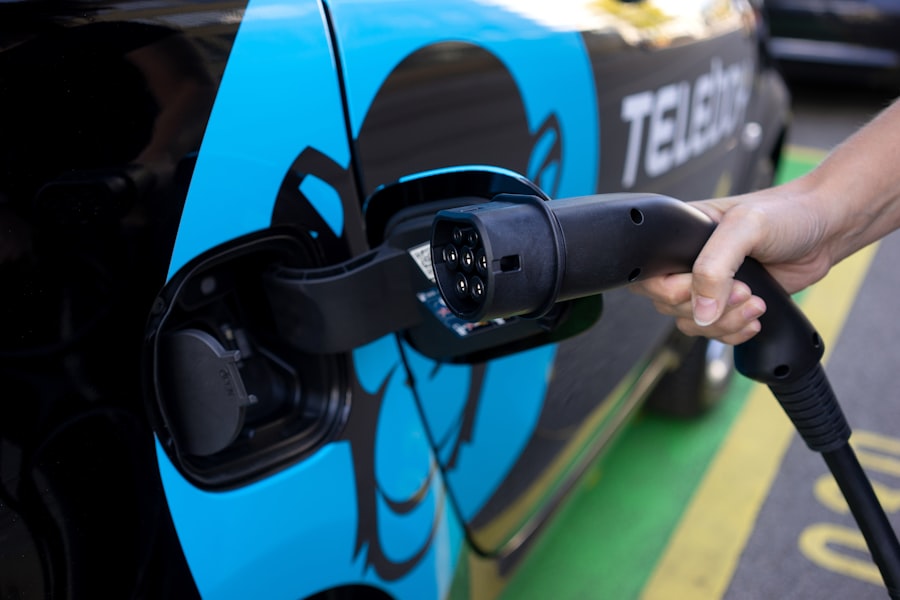Researchers at the University of Aberdeen are developing groundbreaking technology to store electricity derived from renewable sources as green hydrogen in empty oil and gas reservoirs and aquifers next to industrial carbon emissions. This innovation has the potential to decrease payments made to wind turbines that are required by the National Grid when production is too high, by allowing extra energy to be converted and stowed away for future use. The first phase involves modelling, simulation, and lab experiments that will assess the most practical methods of transporting hydrogen through on-shore and offshore pipelines with the aim of supplying homes and businesses. Additionally, the team is researching how to simultaneously store both hydrogen and CO2 in vacated hydrocarbon containers with CO2 functioning as a ‚cushion‘ gas. This method has never been tested before but could be utilized to hoard blue hydrogen in vast amounts. The next step is filings trials and commercializing with possible founding of a spin-off company. A report issued to the UK government has highlighted concerns regarding the capacity of grids being able to supply more renewables; thus this research is essential for easing grid pressure. Furthermore, Scottish government financed Hydrogen Backbone Link project attests that hydrogen is key in Scotland’s ambition of becoming an exporter of green energy. These projects were funded by Net Zero Technology Centre’s Net Zero R&D Program which was sponsored by Scottish Government, Scottish Funding Council, and Scottish Enterprise backed by organizations like UKCS North Sea Operators, Scottish Gas Network, BatiGea, UK Elixir consultants, Flow Expertise etc. Prashant Jadhawar from School of Engineering is leading this endeavor with his team which believes it will bring Scotland closer to its goal of generating 5GW (approximately sixth part) from green/low-carbon sources by 2030 utilizing enough storage units that only subsurface geologic formations like depleted hydrocarbon reservoirs or aquifers can deliver on such a large terawatt scale (20TWh). They expect that by allowing safe storage solutions for bulk amounts of both gases they can help Scotland achieve its targets with an additional advantage-exporting energy abroad! Dr Jadhawar will present his investigation at Offshore Europe conference taking place this week where he will give a talk about overcoming hydrogen issues followed by another one at University of Aberdeen’s stand at 1pm.
Summary
- Scientists at the University of Aberdeen are developing technology that will enable electricity generated by renewables to be „banked“ as green hydrogen in depleted oil and gas reservoirs alongside industrial carbon emissions.
- The research could play a key role in helping Scotland achieve its net zero ambitions and even become a net exporter of hydrogen.
- It could also provide a new lease of life to depleted oil and gas reservoirs and aquifers, as well as their pipeline and well infrastructure.
What potential benefits could the technology developed by scientists at the University of Aberdeen provide for Scotland in helping achieve its net zero ambitions and becoming a net exporter of hydrogen?
The technology developed by scientists at the University of Aberdeen could provide potential benefits to Scotland in helping achieve its net zero ambitions and becoming a net exporter of hydrogen, such as reducing constraint payments made to wind farm operators, extending the life of depleted oil and gas reservoirs and infrastructure, and offering safe and effective storage of bulk quantities of hydrogen and carbon dioxide.You might also like this article: Schweden plant Ausweitung des Atomkraftwerksbaus. Picture source: Sander Weeteling


